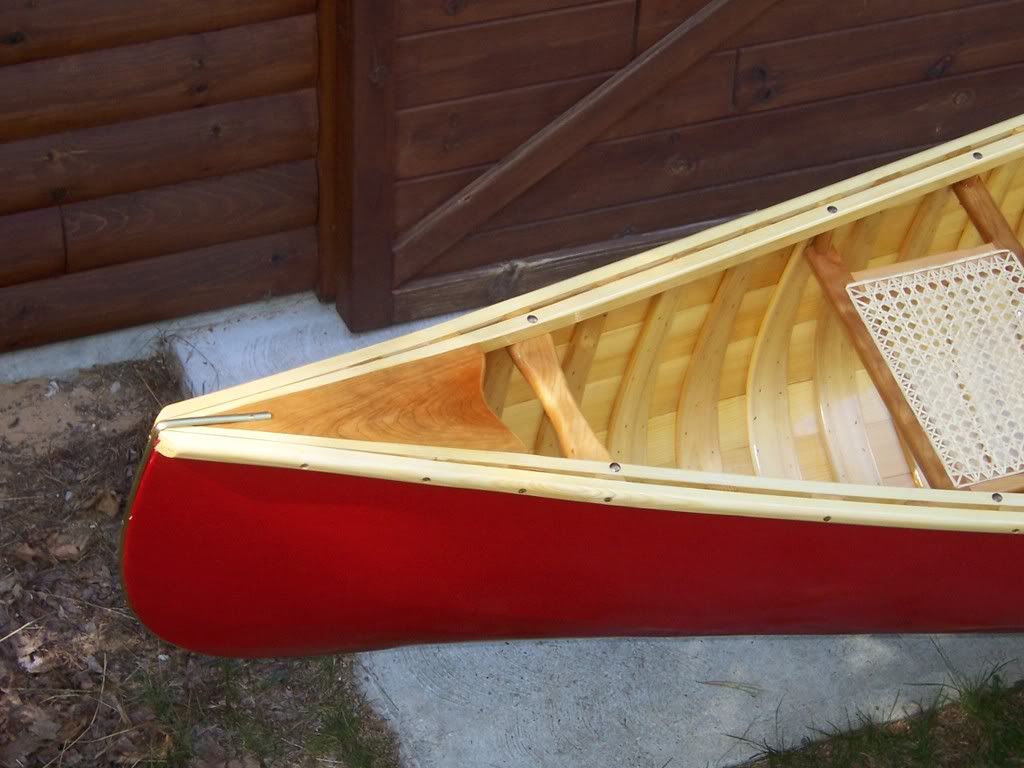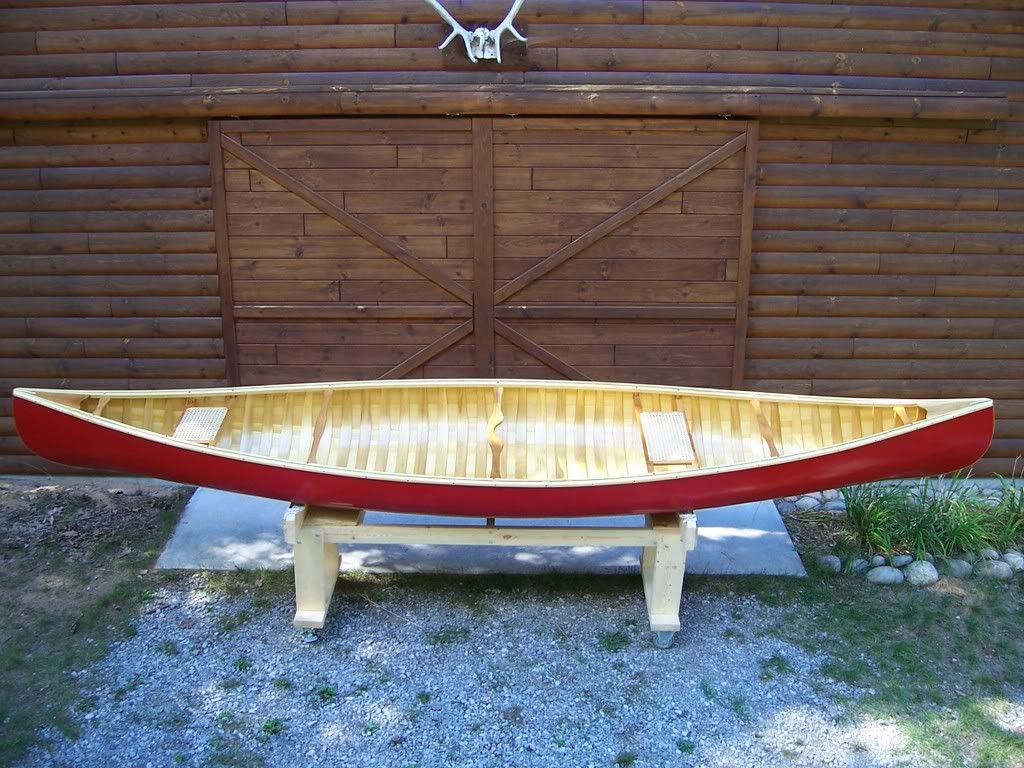Personally, I find that hand caning (meaning the weaving of individual strands) far more satisfying that using cane pressed into a routed groove and secured with a spline:
- hand caning looks much nicer (IMHO),
- it is traditional (early tradition, at least),
- it can be repaired without re-caning the entire seat, and
- depending upon glue used with a spline, splined pre-woven cane can be difficult to replace if (really when) necessary.
I've done both kinds of caning many times, and have repaired both many times. While hand-caning takes more time, it doesn't take forever and it is very satisfying. Hand caning is easy to learn, and you can create non-standard patterns that are very beautiful and cannot be had in pre-woven cane. For an outstanding example, see the work by Jean Bratton in the December, 2006 issue of Wooden Canoe.
Caning supplies and books/pamphlets can be had from many sources including H.H. Perkins Co. and Frank's Cane and Rush Supply (both online along with many others). Companies like these sell both pre-woven cane and spline, and materials for hand caning. They also have charts that display hole sizes and spacing, along with standard cane sizes for each hole size/spacing.
Note- these companies also sell lots of supporting supplies and tools, none of which are really necessary. Pegs are cheap, but mine- whittled from pecan and oak branches- were free, took minutes to make, and have lasted many years. The so-called "caning tool" seems like an utter waste of money- you can easily keep cane straight and neat without one.
Try true hand-caning... you will likely be pleased. Then start a side business caning all those chairs that people will pay hundreds of dollars each to have re-caned!




